Traditional Media Advertising in Mongolia
RMAA executes traditional advertising campaigns to enhance brand awareness in Mongolia. We conduct tactical media buying across TV, radio, media press, and out-of-home advertising. Our expertise helps businesses navigate the local market and optimize their media investments in Ulaanbaatar, Erdenet, Darkhan, and other key cities






























